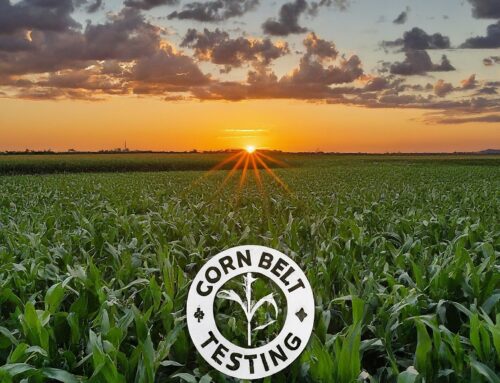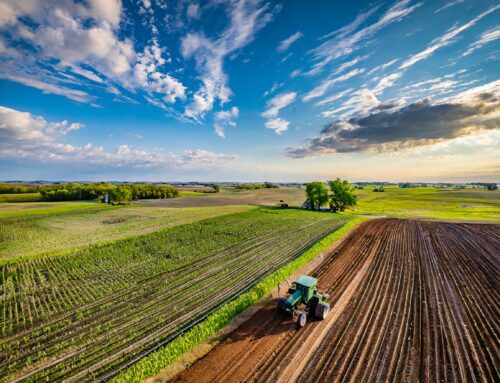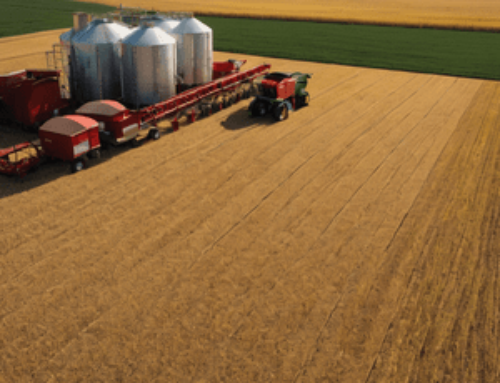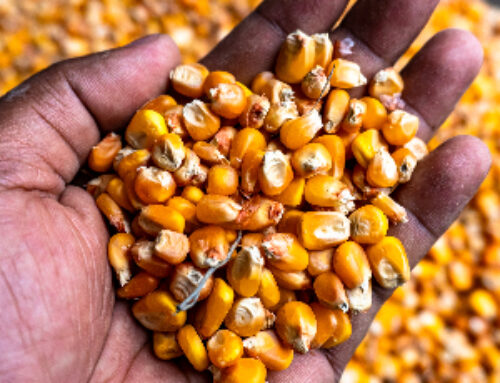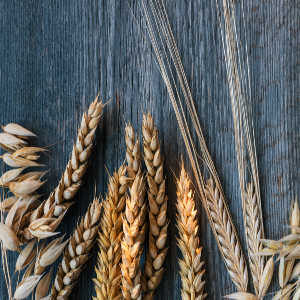
Oats, Wheat and Rye Grain on Wooden Background. Bio Ripe Ceral Grains Design.
Producing Wheat: The Oldest Produced and Most Widely Consumed Cereal Crop
Wheat is the oldest produced cereal and the most consumed cereal crop in the world. It is often used in starch, wheat flour, dextrose, malt, alcohol, and gluten. In the United States, about three-quarters of grain products are made from wheat flour. The production of wheat is often done in areas below 10,000 feet above sea level with an average of 10 inches of rainfall in a year. The production also depends on the season, leading to spring and winter wheat.
Spring Wheat
Spring wheat is planted in early spring and harvested in late summer. In some cases, the spring wheat may be dormant seed in late November and early December, when the temperatures in the ground are still cold to inhibit germination until spring. In areas such as South Dakota, planting of spring wheat starts as early as farmers can physically get equipment in the field, which is at the end of March into April when soil temperatures are between 360F and 400F.
Spring Wheat is a tough crop that keeps growing below the grounding during early spring. This keeps it from being harmed r damaged by late spring frosts. It also fits well with other spring farm work and crop ration. Essentially, crop rotation includes two years of wheat, a year of corn, and a year of sunflowers, which allows for cleaning up weeds that are usually difficult to kill in wheat.
Winter Wheat
Winter wheat is usually planted at the end of September through to mid-October in winter wheat country, which is from Texas to Nebraska. The southern area of the region often uses wheat as pasture and planting starts a few weeks earlier. The recommended seeding rate is 60 to 75 pounds per acre, with areas that have more moisture requiring a heavier rate and adjusted planting dates.
While planting the traditional winter wheat involves planting into a fallow seedbed, farmers now follow a summer crop such as corn, sorghum, or soybeans. They combine temperatures below 800F with favorable soil moisture levels, keeping the seed at most 3 inches deep.
Choosing seeds and inputs
Information about seeds and inputs can be found in universities’ seed trials. You may also need to check whether you will need seed treatment to help protect against weeds, disease, and pests. Adding fertilizers is another important consideration to boost yield. Since most of the crop threats flourish in wet and warm climates, Southern winter wheat crops require more treatments than in northern fields.
Testing Your Wheat Grain Moisture
The level of moisture in your wheat grain has a great impact on its quality. At Corn Belt Testing, we sell and service DICKEY-john gain moisture testers. Give us a call today at 866-845-6249 for details and special discounted pricing.
How Corn Belt Testing Inc. Can Help
Corn Belt Testing, Inc. is offering a range of grain testing and sampling equipment that will help you prepare adequately for the harvest season. The GAC-2700 AGRI is one of the newest grain moisture testers that utilizes the latest analysis technology to provide repeatable results and enhanced security. As you prepare for harvesting, consider the benefits of using a modern user interface that gives you accurate results within a shorter time. Call Jim today at 1.866.845.6249 and let us help you choose the right equipment for your farm.



